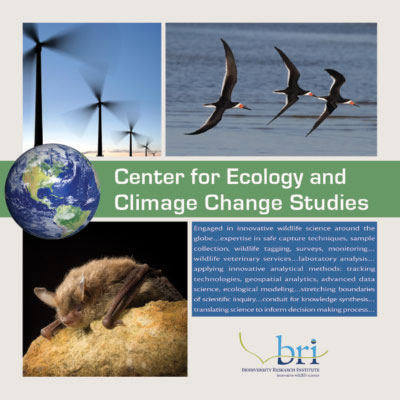Highlighted Species We Study
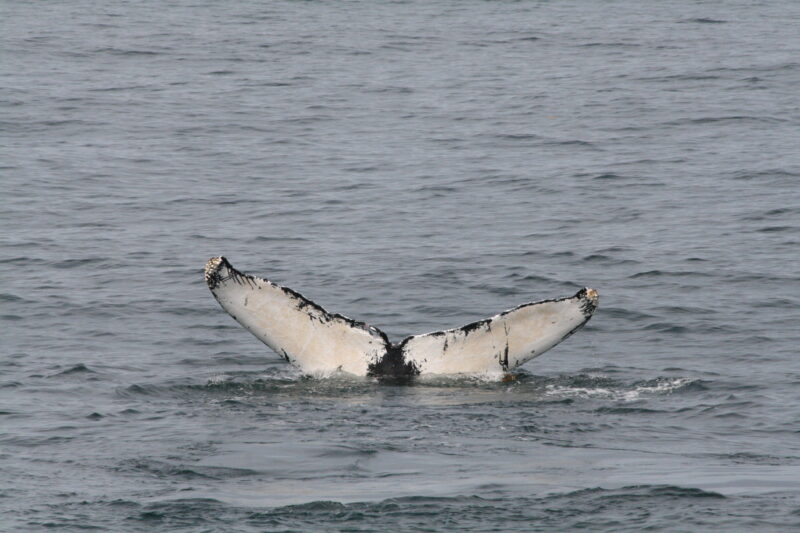
Humpback Whale
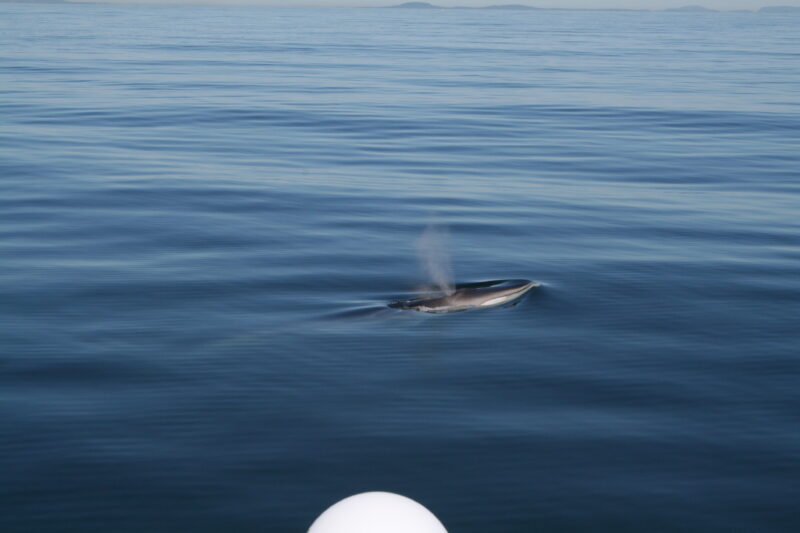
Fin Whale
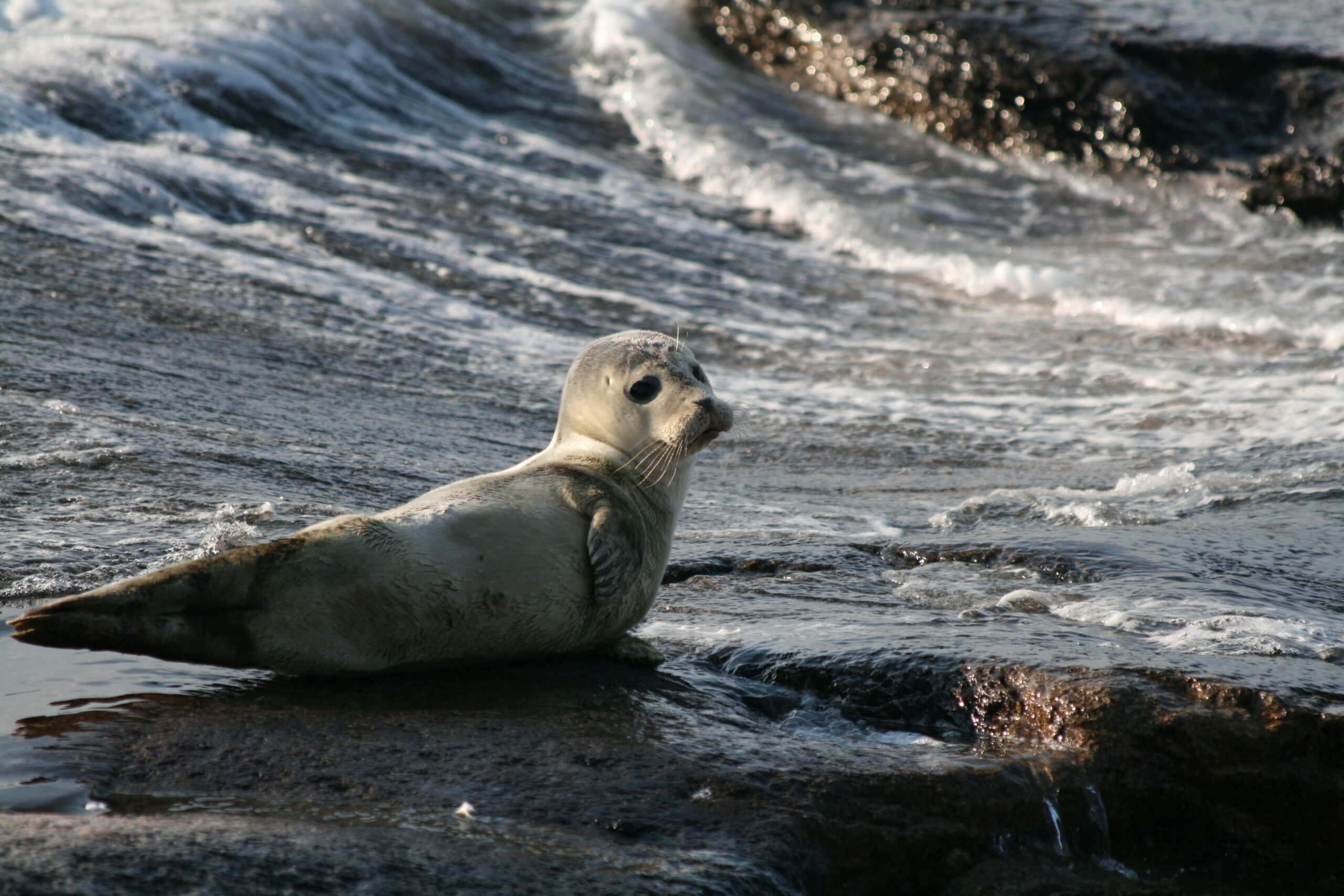
Harbor Seal

Harbor Porpoise
Why Study Marine Mammals?
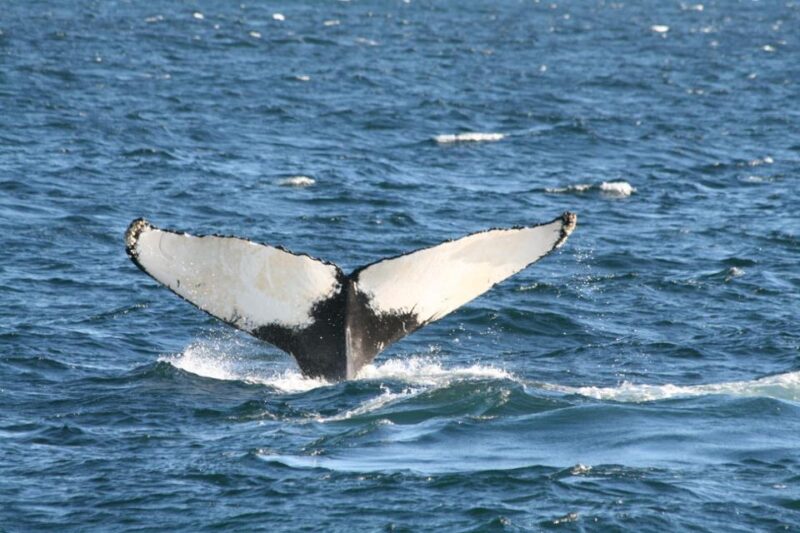 Marine mammals provide many benefits to humans globally and are key contributors to marine ecosystems. These mammals that spend most or all of their lives in ocean environments include all whales, dolphins, porpoises, seals, sea lions, manatees, and dugongs. Marine mammals are vital to many cultures’ spiritual, nutritional, or economic health. In addition, marine mammals play key roles in ocean ecosystems, including: as predators and prey; by modifying or creating habitat for other marine organisms as they forage on invertebrates living in soft sediments and as their own carcasses decompose; and affecting carbon and nutrient cycling pathways and rates. A number of human and environmental stressors may impact marine mammal health. Human activities introduce noise, contaminants, and physical disturbances into the marine environment; humans can also affect marine food webs, which may affect the availability of marine mammals’ preferred prey. Environmental stressors include changes in physical oceanographic variables, such as temperature and salinity, which may affect ocean circulation and have cascading effects on predator-prey relationships, reproductive success, marine mammal culture, species distributions, and population abundance. To provide the information necessary to effectively conserve and manage marine mammal populations, it is important to understand their distributions, population abundances and vital rates, behavioral ecology, and risk factors.
Marine mammals provide many benefits to humans globally and are key contributors to marine ecosystems. These mammals that spend most or all of their lives in ocean environments include all whales, dolphins, porpoises, seals, sea lions, manatees, and dugongs. Marine mammals are vital to many cultures’ spiritual, nutritional, or economic health. In addition, marine mammals play key roles in ocean ecosystems, including: as predators and prey; by modifying or creating habitat for other marine organisms as they forage on invertebrates living in soft sediments and as their own carcasses decompose; and affecting carbon and nutrient cycling pathways and rates. A number of human and environmental stressors may impact marine mammal health. Human activities introduce noise, contaminants, and physical disturbances into the marine environment; humans can also affect marine food webs, which may affect the availability of marine mammals’ preferred prey. Environmental stressors include changes in physical oceanographic variables, such as temperature and salinity, which may affect ocean circulation and have cascading effects on predator-prey relationships, reproductive success, marine mammal culture, species distributions, and population abundance. To provide the information necessary to effectively conserve and manage marine mammal populations, it is important to understand their distributions, population abundances and vital rates, behavioral ecology, and risk factors.
Marine Mammal Research at BRI
Key Skills
Field Research – Visual and digital aerial and vessel-based standardized line transect surveys, acoustic monitoring, unoccupied aerial systems (drones), vessel handling, and photo identification.
Related links: Wildlife Remote Acoustic Imagery Lab
Data Analysis – Distance sampling analysis, density surface modeling, occupancy modeling, ecological forecasting, marine spatial planning, and passive acoustic monitoring analysis.
Related links: Quantitative Wildlife Ecology Research Lab
Science Communication- Web material, report and document compilation, providing scientific information to decision makers, and data visualizations for communication and dissemination of material around risks and health of marine mammals.
The marine mammal program is comprised of individuals with substantial experience in field work, data analysis, and science communication.
Personnel
Julia Stepanuk, PhD – Julia’s research focuses on anthropogenic risks to marine mammals, using spatial statistical analyses and documentation of behavior and health to inform when, and where, marine mammals face lethal and sublethal risks. The results of her dissertation research included an ecological forecasting tool to predict marine mammal density on the scale of days to weeks, as well as an understanding of the risk of vessel strike young humpback whales may face in inshore waters of the New York Bight. Her research interests include spatial and temporal methods to understand (and reduce) anthropogenic risk, technologies and analyses to holistically analyze morphometrics and body condition as a measure of animal health, best practices and techniques to integrate disparate data collection methods, and ecological forecasting.
Megan Ferguson, PhD – Megan is a quantitative ecologist and biological oceanographer with experience conducting vessel- and aerial-based field work in tropical, temperate, subarctic, and Arctic environments. Her doctoral studies investigated patterns in cetacean population density in the eastern Pacific Ocean using spatially explicit habitat models. Her master’s thesis dove deeply into quantifying precision and bias in spatially-explicit density estimates of Western Arctic bowhead whales from aerial line-transect surveys. From 2008 to 2023, Megan was a Research Fisheries Biologist at the Marine Mammal Laboratory, Alaska Fisheries Science Center, National Oceanic and Atmospheric Administration. In that role, she worked at the intersection of science, management, conservation, and cross-cultural information exchange, specializing in Arctic marine ecosystems in Alaska. Specifically, she conducted research and analyses to investigate cetacean ecology, and also to assist Tribal, co-management, local, state, and federal decision-makers in offshore oil and gas exploration, development, and production issues. Megan was on the US delegation to the International Whaling Commission’s Scientific Committee from 2008 to 2023, and has been a co-Convener of their Ecosystem Modelling Working Group since 2022.
Merra Howe, M.S. – Merra is interested in understanding the spatial and temporal movement patterns of cetaceans, particularly species of concern, using a variety of monitoring approaches. Merra has extensive experience deploying and retrieving passive acoustic recorders to assess marine mammal occurrence around human activities, including military operations and offshore energy sites. She also has experience implementing and coordinating marine mammal citizen science projects. Given the limitations of any one data collection method, she is particularly interested in the integration of different data sources, including opportunistic observations, to inform research questions. In addition, as a previous federal employee, she gained experience developing science-based policy recommendations under the Marine Mammal Protection Act to mitigate human impacts on marine mammals.
Select Publications
Mercury in the Global Environment: Marine Mammals. A series publication by BRI’s Center for Mercury Studies, September 2017
Ferguson, M.C., J.T. Clarke, A.A. Brower, A.L. Willoughby, and S.R. Okkonen. 2021. Ecological variation in the western Beaufort Sea. In: J.C. George and J.G.M. Thewissen (Eds.), The Bowhead Whale Balaena mysticetus: biology and human interactions. Academic Press, pp. 365-379.
Ferguson, M.C., D.L. Miller, J.T. Clarke, A.A. Brower, A.L. Willoughby, and A.D. Rotrock. 2022. Spatial modeling, parameter uncertainty, and precision of density estimates from line-transect surveys: a case study with Western Arctic bowhead whales. Paper SC/68d/ASI/01 presented to the IWC Scientific Committee, May 2022.
Ferguson, M.C., S.F. Tóth, J.T. Clarke, A.L. Willoughby, A.A. Brower, and T.P. White. 2023. Biologically Important Areas for Bowhead Whales (Balaena mysticetus): Optimal site selection with integer programming. Frontiers in Marine Science 10: 961163. DOI 10.3389/fmars.2023.961163.
Clarke, J.T., M.C. Ferguson, A.A. Brower, E. Fujioka, and S. DeLand. 2023. Biologically Important Areas II for cetaceans in U.S. and adjacent waters – Arctic region. Frontiers in Marine Science 10:1040123. DOI 10.3389/fmars.2023.1040123.
Halliday, W.D., N. Le Baron, J.J. Citta, J. Dawson, T. Doniol-Valcroze, M. Ferguson, S.H. Ferguson, S. Fortune, L.A. Harwood, M.P. Heide-Jørgensen, E.V. Lea, L. Quakenbush, B.G. Young, D. Yurkowski, and S.J. Insley. 2022. Overlap between bowhead whales (Balaena mysticetus) and vessel traffic in the North American Arctic and implications for conservation and management. Biological Conservation 276: 109820. DOI 10.1016/j.biocon.2022.109820.
Harrison, J., M.C. Ferguson, L. New, J. Cleary, C. Curtice, S. DeLand, E. Fujioka, P.N. Halpin, R.B. Tyson Moore, and S.M. Van Parijs. 2023. Biologically Important Areas II for cetaceans within U.S. and adjacent waters – Updates and the application of a new scoring system. Frontiers in Marine Science 10:1081893. DOI 10.3389/fmars.2023.1081893.
Crance, J.L., C.L. Berchok, B.M. Kimber, J.M. Harlacher, E.K. Braen, and M.C. Ferguson. 2022. Year-round distribution of bearded seals, Erignathus barbatus, throughout the Alaskan Chukchi and northern Bering Sea. Deep Sea Research Part II: Topical Studies in Oceanography 206: 105215. https://doi.org/10.1016/j.dsr2.2022.105215.
Gulland FMD, Baker JD, Howe M, LaBrecque E, Leach L, Moore SE, Reeves RR, Thomas PO. A review of climate change effects on marine mammals in United States waters: Past predictions, observed impacts, current research and conservation imperatives. Climate Change Ecology. 2022 February 22; 3:100054. DOI: https://doi.org/10.1016/j.ecochg.2022.100054
Howe M, Lammers MO. Investigating the spatiotemporal occurrence of odontocetes around Maui Nui and Oahu using passive acoustic techniques. Pacific science. 2021 May 03; 75(1):147-161. Available from: https://bioone.org/journals/pacific-science/volume-75/issue-1/75.1.7/Investigating-the-Diel-Occurrence-of-Odontocetes-around-the-Maui-Nui/10.2984/75.1.7.short DOI: https://doi.org/10.2984/75.1.7
Howe M, Lammers MO, Baird RW. Participatory science and directed survey methods: a case study with odontocetes in the Maui Nui region of the Hawaiian Islands. Journal of cetacean research and management. 2019 January 01; 20:101–109. DOI: https://doi.org/10.47536/jcrm.v20i1.235
Lammers MO, Howe M, McElligott M, Engelhaupt A, Munger L. Acoustic monitoring of coastal dolphins and their response to naval mine neutralization exercises. Royal Society open science. 2017 December 06; 4:170558. DOI: https://doi.org/10.1098/rsos.170558
Howe M, Castellote M, Garner C, McKee P, Small RJ, Hobbs R. Beluga (Delphinaterus leucas) ethogram: a tool for Cook Inlet beluga conservation. Marine Fisheries Review. 2015 July; 77(1):32-40. DOI: dx.doi.org/10.7755/MFR.77.1.3
Stepanuk, J.E.F., Nye, J., Kim, H., Roberts, J., Halpin, P., Palka, D., Pabst, A., McLellan, W., Barco, S., Thorne, L. 2022. Subseasonal forecasts provide a powerful tool for dynamic marine mammal management. Frontiers in Ecology and the Environment. [link]
Stepanuk, J.E.F., Heywood, E.I., Lopez, J., DiGiovanni, R.A., Thorne, L.H. 2021. Understanding the impacts of age-specific behavior on vulnerability to vessel strike in large whales. Marine Ecology Progress Series. [link]
Stepanuk, J.E.F., Read, A.J., Baird, R.W., Webster, D.L., Thorne, L.H. 2018. Spatiotemporal patterns of overlap between short-finned pilot whales and the pelagic longline fishery in the Mid-Atlantic Bight: An assessment to inform the management of fisheries bycatch. Fisheries Research. [link]
Hirtle, N.O., Stepanuk, J.E.F., Heywood, E.I., Christiansen, F., Thorne, L.H. 2022. 3D models improve volumetric estimates in cetaceans using minimal UAV-based morphometric measurements. Methods in Ecology and the Environment. [link]
Brown, D.M., et al. [29 coauthors incl. Stepanuk, J.E.F.]. 2022. Site fidelity, population identity, and demographic characteristics of humpback whales in the New York Bight apex. Journal of the Marine Biological Association of the United Kingdom. [link]
Thorne, L.H., Baird, R.W., Webster, D.L., Stepanuk, J.E.F, Read, A.J. 2019. Dynamic management of fisheries bycatch: A predictive model and field test of interactions between pilot whales and pelagic longlines. Diversity and Distributions. [link]
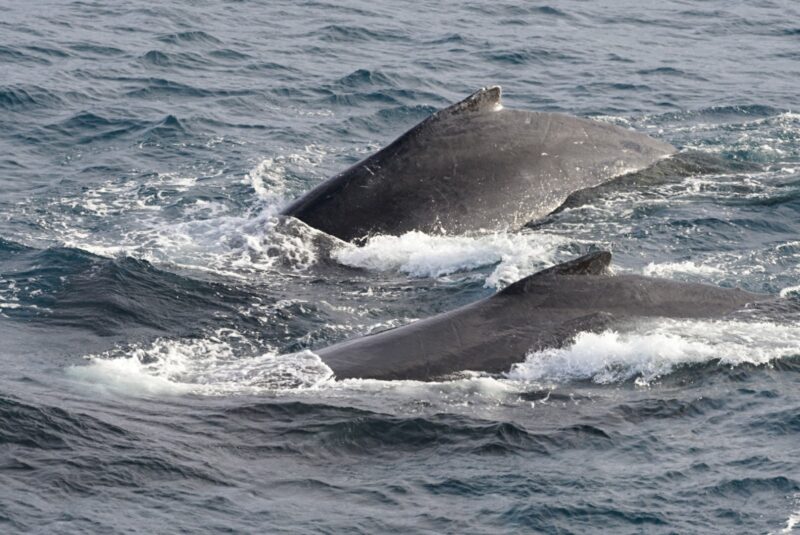
Photo Credits: Header photo © Kesus01; Study Subjects: Humpback whale whale, harbor seal © Julia Stepanuk ; Study Subjects: Harbor Porpoise © NOAA Fisheries/Northeast Fisheries Science Center ; Whale fluke © Juilia Stepanuk

